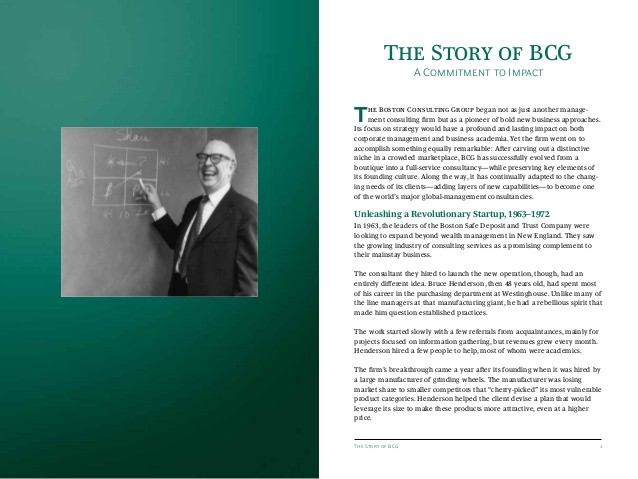Facebook the unsung pioneer of common shareholder engagement
Post on: 21 Октябрь, 2015 No Comment

In 2011-12 the media focused on the trading of Facebook stock via brokers such as Secondmarket and Sharespost (who became a broker/dealer in early 2012, after settling with the SEC over allegations of operating as an unregistered broker ). What received less attention was the fact that Facebook, as early as 2008, pioneered a form of engagement with common shareholders and outside secondary buyers that resulted in liquidity for employees and presumably a huge HR benefit for the company itself.
A recent WSJ article reveals to us how the firm, as far back as 2008, through the efforts of its then CFO Gideon Yu, was actively courting sophisticated secondary investors to promote liquidity to its common shareholders (mainly current and former employees). This first resulted in $10m in common stock being acquired by Millenium Technology Value Partners from a dozen employees in 2008.
A year later, DST bought $100m worth of common stock form employees, in another deal orchestrated by the company .
It should be noted that both transactions were the direct result of Facebook reaching out to investors and building relationships with them, even though the transactions themselves were between shareholders and the outside investor. This can be seen from Mark Zuckerbergs comment on the deal at the time(emphasis is mine):
While individuals must make their own decisions about participating in this program. I’m pleased that the price DST is offering is much greater than the price originally considered last fall. This is recognition of Facebooks growth and progress towards making the world more open and connected.”
Essentially, Facebook built relationships with outside investors, which paved the way for shareholders individually selling to those investors, without the need for a broker. It should also be noted that these secondary transactions were for the benefit of all common shareholders, not just the founders.
The Facebook deals were very different from limited secondary components of funding rounds which often allows founders to partially cash out. Such secondary deals are often limited in scope and benefit only the founders, while being used as a sweetener by VC firms(Bill Gurley of Benchmark reportedly called these practices bribes ).
Twitters massive secondary component of its 2011 funding round on the other hand clearly was orchestrated to provide broad access to liquidity to its shareholder base, similar to the preceding Facebook deals.
Secondary markets are often referred to by company management and boards as a pain and distraction that they wished would go away. It seems Facebook really was a pioneer in addressing and solving those problems, turning the private secondary market to its advantage.
This is best illustrated by a quote from a recent Millennium press release :

“Facebook solved one of the biggest problems facing emerging high-growth companies,” says Millenniums Sam Schwerin. “Through the company’s unprecedented use of secondary purchase programs that allowed stakeholders to achieve early liquidity, Facebook was able to develop its business model in the relative calm of private company status. The company was able to avoid the inevitable pressures to go public too soon.”
Over time, Facebook developed ways of addressing some of the challenges and complexities of secondary market activity. Schwerin adds, “Facebook pioneered the trend of taking control of the secondary process. Having learned from Facebooks experience, leading companies are now selecting institutional partners for liquidity transactions, using secondary liquidity to attract and retain key talent, and aligning secondary activity with strategic goals, rather than allowing it to become a random or distracting process.”
What is most interesting is that Facebook achieved this without resorting to using one of the well-known online marketplaces for private stock such as Secondmarket or Sharespost. While its stock did trade on those platforms, this was through ad hoc transactions where shareholders sold to investors unknown to the company.(While Secondmarket as since shifted to offering company controlled liquidity programs, Facebook never signed on to those and its shares traded without the companys involvement on the platform).
While the transactions on these marketplaces did get the bulk of media attention in 2011, they represented deals that went through the cracks of Facebooks control over its shareholder base. Perhaps Facebooks focus shifted to the public markets in 2011, and the lack of a large orchestrated liquidity program resulted in so many shares being sold on the open market via Secondmarket and Sharespost.
One could argue that as Facebook became so well known by the general public, a market for its shares was created by buyers unknown to the company and with very little access to information about it. The only reason those buyers were willing to buy stock was the public reputation of the firm and the expectation that is was soon to go public in one of the most anticipated IPO. An unprecedented situation and probably the last time we will come across it.
The conclusion we can draw from the Facebook activities in 2008-09 is that when companies realize that the demand for liquidity becomes a distraction for their employees, it is best to address it directly by building long term relationships with selected outside investors. Such direct relationship between the company, its shareholders and those outside buyers pave the way for commission-free private transactions(no broker = no commission), while ensuring that those transactions are in full compliance with corporate policies and financial regulations.














